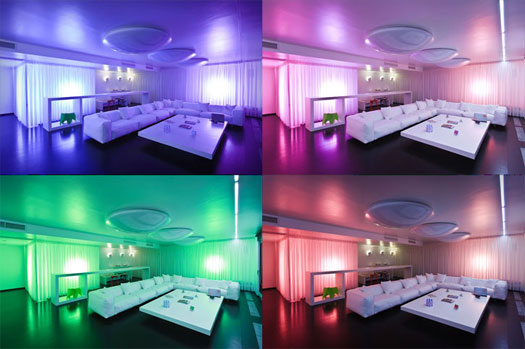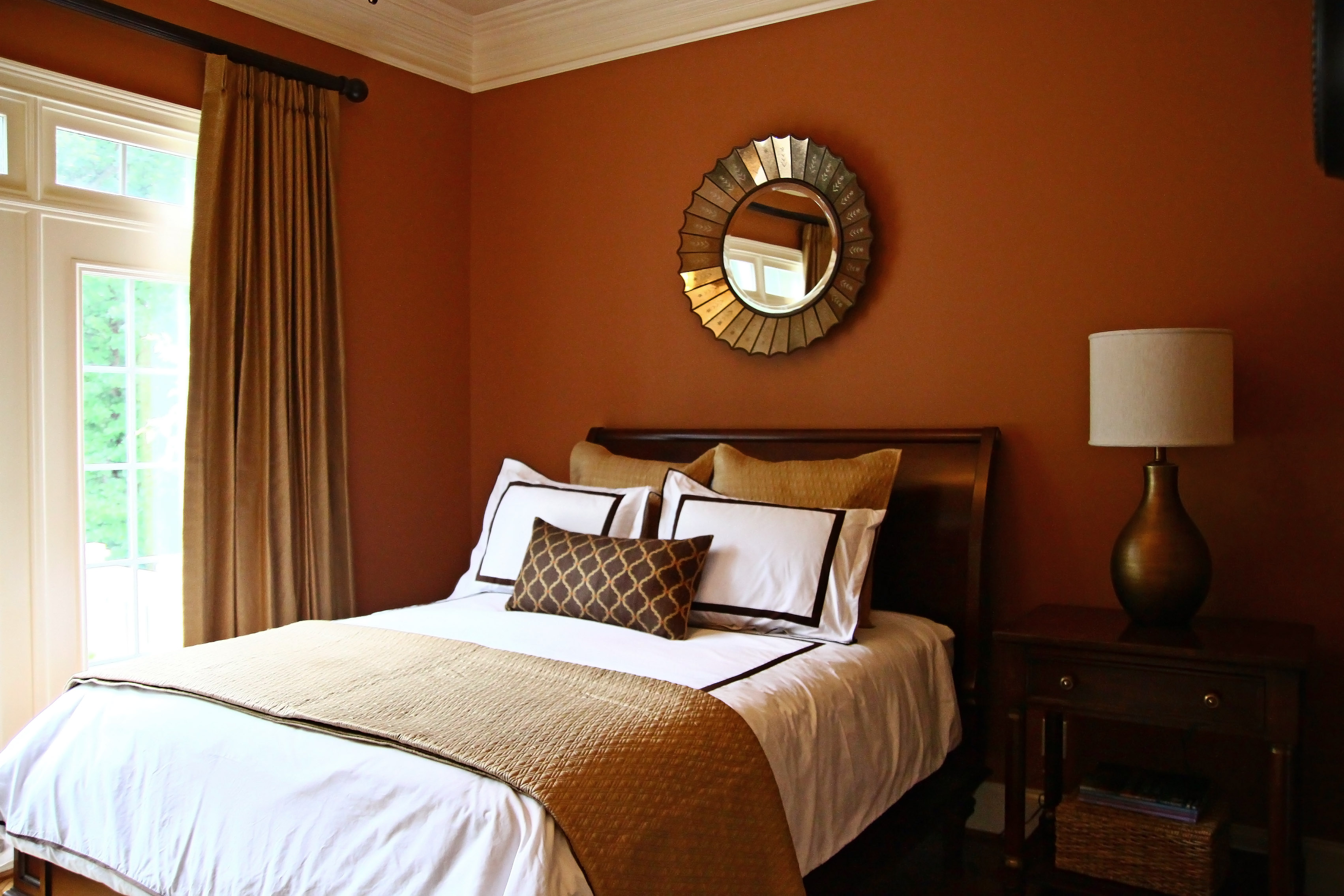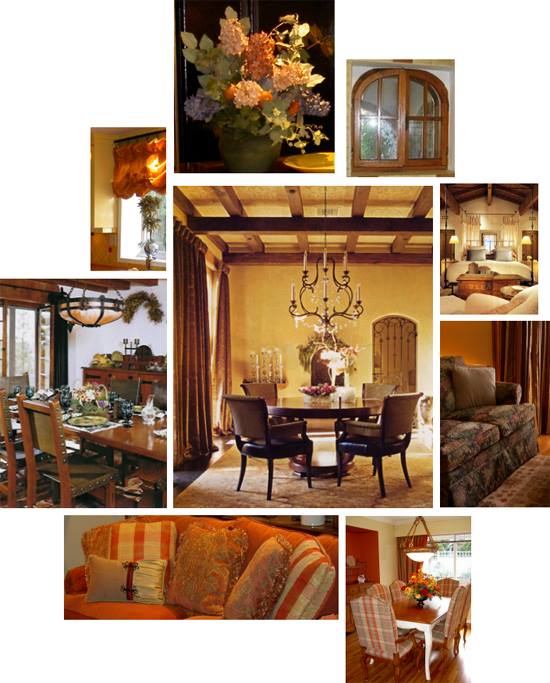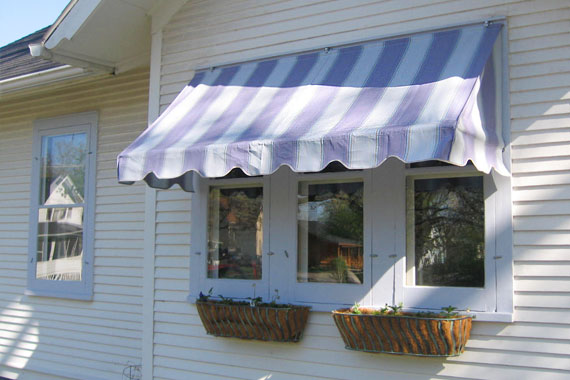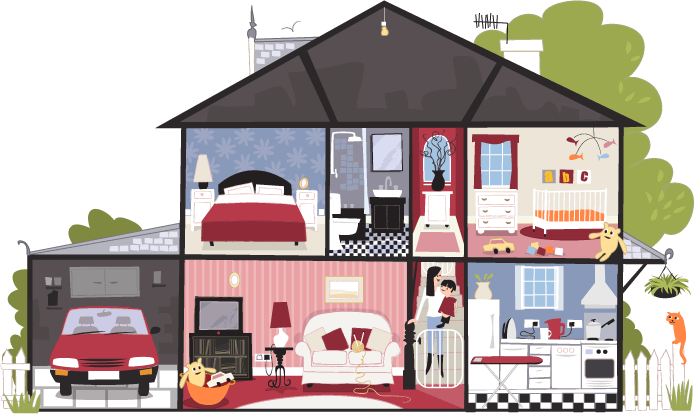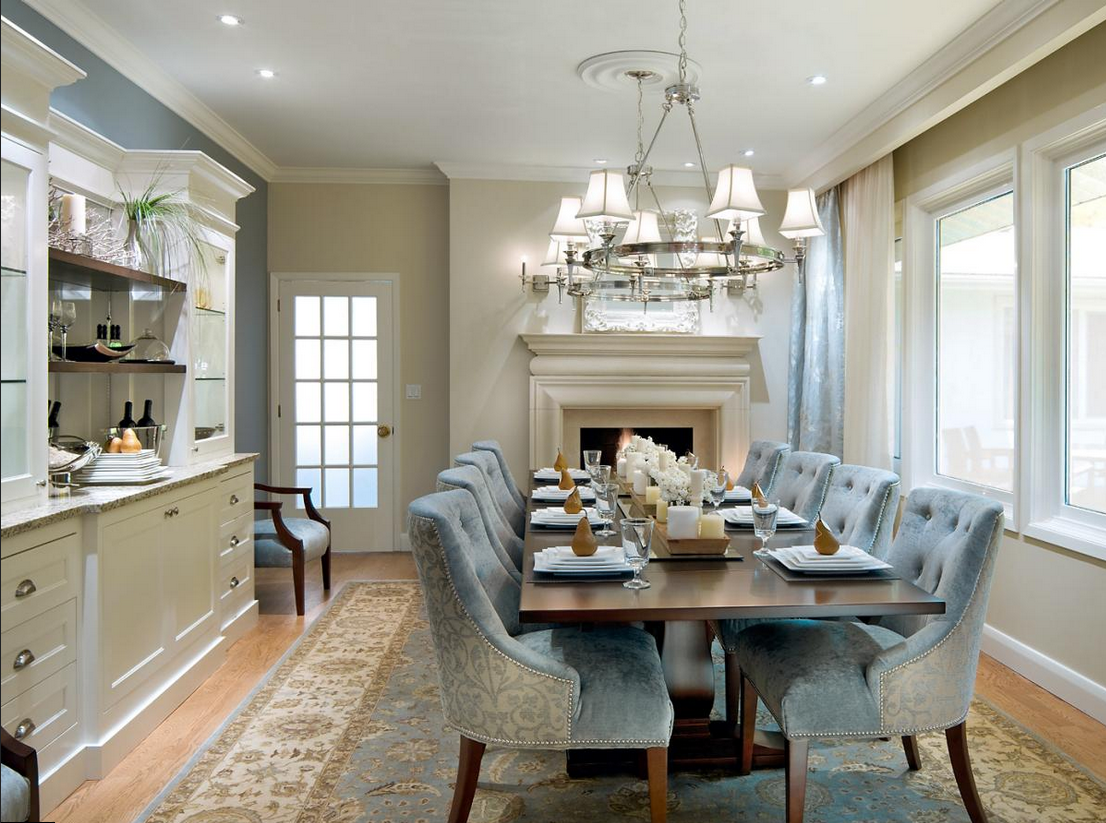Moving into a new place comes with mixed feelings. Where on one hand you are excited about the new place, on the other hand you get bogged down by all the packing you have to do. But with a few smart moves, you can get done with all the packing you have to do and get quickly settled in your new place. So, here are some moving tips that will be great for you when you are shifting your home.
• Make a good list and plan at least a couple of weeks ahead. Making a checklist at least a week or two in advance is very important. A checklist will help you keep track of the things that you need to do and it will also bring new things to light. Organise your stuff and your boxes well so that it will be easy for you to get reorganised. Don’t just plan the move but also plan out what you will do post the move as it is also very important to give you a good start at your new place. Remember that a good plan means you have more than half your work already done.
• Collect packing materials beforehand and pack things in advance. Most people do not pay attention to packing materials like tape, boxes and wraps etc. and then end up with a mess when the moving day comes. It is advisable to have plenty of these things in stock before you move. It is also a good idea to do most of the packing yourself even if you have hired movers as they will not be as careful with your stuff as you will.
• Number or label your stuff appropriately and make an inventory. This is an important step in moving your home as you will also have no trouble post the move if you have labeled the boxes well and have an inventory for them. If you have hired the services of movers then they will also have an inventory of their own which you will need to check but it is always better to have your own lists and inventories as it will help you get reorganised quickly.
• One of the more common and grave mistakes that people make when they move is that they forget to update their address with the different services that they use. Remember to pre-inform your service subscriptions beforehand. For instance tell the phone, cable and the paper company beforehand that you are moving and discontinue the services if required. Many people incur extra costs because they forget all about their service subscriptions like the papers, cleaning, water supply and even electricity which can lead to trouble later for you.
• On the moving day, make a schedule and try to stick to it. If you have movers, then be specific in your instructions to them. Ask them to arrive on time and you try and be ready before they arrive so that you can direct things easily. Perform a check of your stuff before they leave and supervise the movers so that they do not handle things too rough. Take care of the more delicate stuff yourself and always remember to set the example for your movers too. Choosing the right movers is also important so do your research in that area beforehand too.


